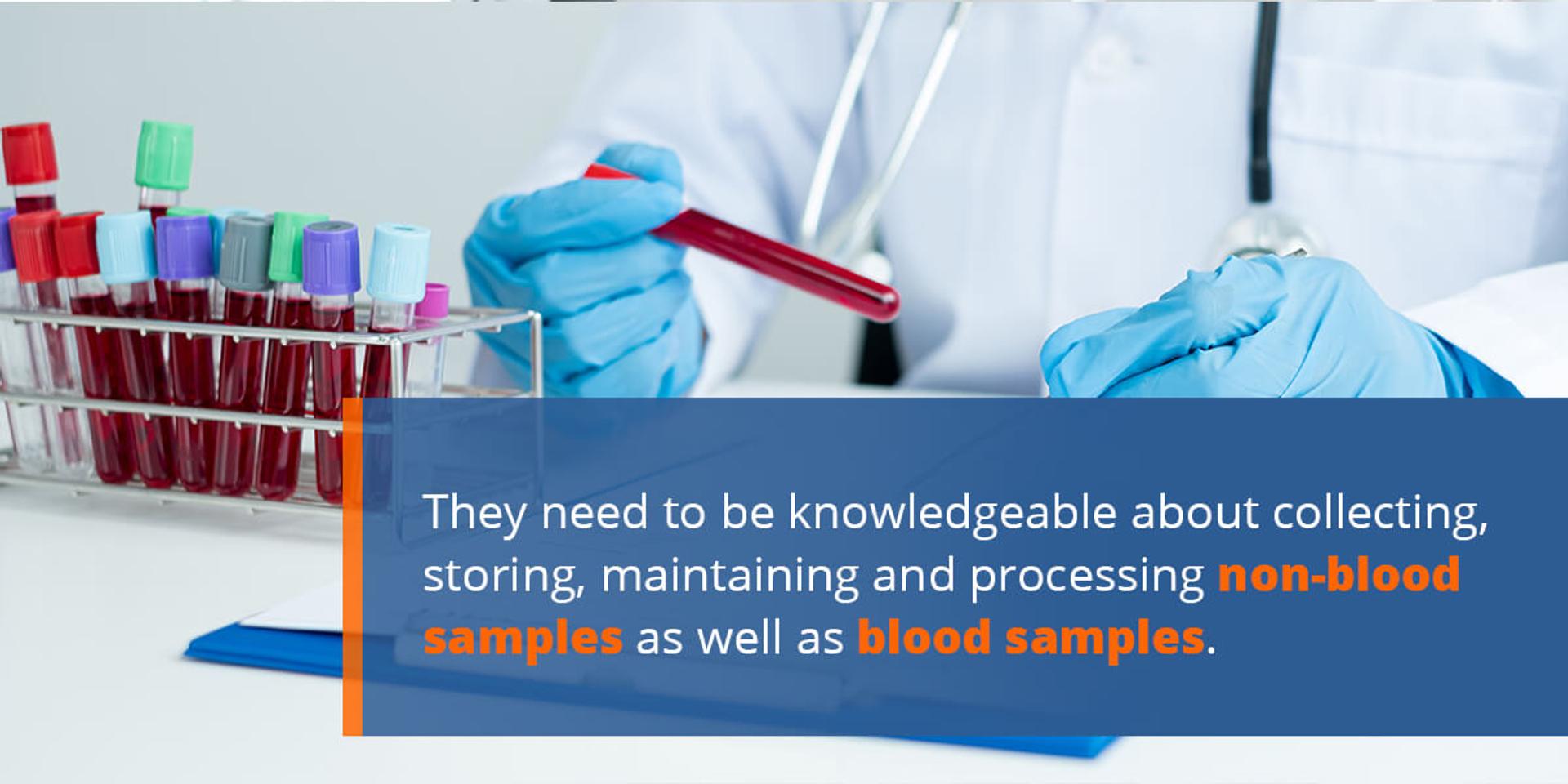Unknown Facts About Northeast Medical Institute - New Haven Campus Phlebotomy Course & Cna Class
Unknown Facts About Northeast Medical Institute - New Haven Campus Phlebotomy Course & Cna Class
Blog Article
The 10-Second Trick For Northeast Medical Institute - New Haven Campus Phlebotomy Course & Cna Class
Table of ContentsThe 15-Second Trick For Northeast Medical Institute - New Haven Campus Phlebotomy Course & Cna ClassThe 5-Minute Rule for Northeast Medical Institute - New Haven Campus Phlebotomy Course & Cna ClassSome Known Factual Statements About Northeast Medical Institute - New Haven Campus Phlebotomy Course & Cna Class Not known Details About Northeast Medical Institute - New Haven Campus Phlebotomy Course & Cna Class What Does Northeast Medical Institute - New Haven Campus Phlebotomy Course & Cna Class Mean?Some Ideas on Northeast Medical Institute - New Haven Campus Phlebotomy Course & Cna Class You Should Know
However, using such gadgets ought to be come with by other infection avoidance and control techniques, and training in their use. Not all safety and security tools are appropriate to phlebotomy. Prior to selecting a safety-engineered tool, users ought to extensively examine offered gadgets to identify their suitable use, compatibility with existing phlebotomy methods, and effectiveness in shielding personnel and people (12, 33).For settings with low resources, cost is a motoring variable in purchase of safety-engineered gadgets. Where safety-engineered devices are not offered, proficient use of a needle and syringe is acceptable.
One of the vital markers of high quality of care in phlebotomy is the involvement and cooperation of the individual; this is equally useful to both the health employee and the individual. Clear info either written or verbal must be available to each person who goes through phlebotomy. Annex F gives example text for discussing the blood-sampling treatment to a person. In the blood-sampling room for an outpatient department or center, give a comfortable reclining sofa with an arm remainder.
The Greatest Guide To Northeast Medical Institute - New Haven Campus Phlebotomy Course & Cna Class
Ensure that the indicators for blood sampling are clearly specified, either in a created method or in recorded guidelines (e.g. in a laboratory form). In any way times, comply with the strategies for infection avoidance and control detailed in Table 2.2. Infection prevention and control techniques. Gather all the devices required for the procedure and place it within risk-free and easy reach on a tray or cart, making sure that all the items are clearly visible.
Present yourself to the client, and ask the person to mention their full name. Inspect that the research laboratory form matches the client's identity (i.e. match the individual's information with the research laboratory kind, to ensure accurate recognition).
Make the person comfy in a supine placement (if feasible). The person has a right to refuse a test at any kind of time before the blood tasting, so it is vital to ensure that the person has actually recognized the procedure - Phlebotomy Courses.
The 5-Minute Rule for Northeast Medical Institute - New Haven Campus Phlebotomy Course & Cna Class
Prolong the person's arm and examine the antecubital fossa or lower arm. Locate a capillary of an excellent dimension that is visible, straight and clear.
DO NOT place the needle where blood vessels are drawing away, due to the fact that this enhances the possibility of a haematoma. Situating the capillary will certainly aid in determining the right size of needle.
Haemolysis, contamination and presence of intravenous fluid and medicine can all alter the results (39. Nursing personnel and medical professionals might access main venous lines for samplings adhering to procedures. Nonetheless, specimens from central lines carry a risk of contamination or incorrect laboratory examination outcomes (https://peatix.com/user/22874222/view). It serves, but not perfect, to draw blood samplings when first presenting an in-dwelling venous device, before attaching the cannula to the intravenous liquids.
The Buzz on Northeast Medical Institute - New Haven Campus Phlebotomy Course & Cna Class
Allow the location to dry. Failure to permit enough call time raises the risk of contamination. DO NOT touch the cleaned up site; specifically, DO NOT position a finger over the vein to assist the shaft of the revealed needle. It the website is touched, repeat the sanitation. Do venepuncture as adheres to.
Ask the person to form a clenched fist so the capillaries are extra prominent. Enter the capillary promptly at a 30 level angle or much less, and proceed to present the needle along the capillary at the most convenient angle of access - PCT Training. Once adequate blood has been gathered, release the tourniquet BEFORE taking out the needle
Our Northeast Medical Institute - New Haven Campus Phlebotomy Course & Cna Class Diaries
Take out the needle carefully and use gentle stress to the site with a tidy gauze or dry cotton-wool ball. Ask the patient to hold the gauze or cotton wool in position, with the arm expanded and elevated. Ask the client NOT to bend the arm, due to the fact that Read More Here doing so causes a haematoma.

How Northeast Medical Institute - New Haven Campus Phlebotomy Course & Cna Class can Save You Time, Stress, and Money.
Do not press the syringe plunger because extra pressure increases the danger of haemolysis. Where feasible, keep televisions in a rack and move the shelf in the direction of you. Infuse downwards right into the suitable coloured stopper. DO NOT eliminate the stopper due to the fact that it will release the vacuum cleaner. If the example tube does not have a rubber stopper, inject very gradually into the tube as lessening the stress and velocity made use of to move the sampling reduces the risk of haemolysis.

Report this page